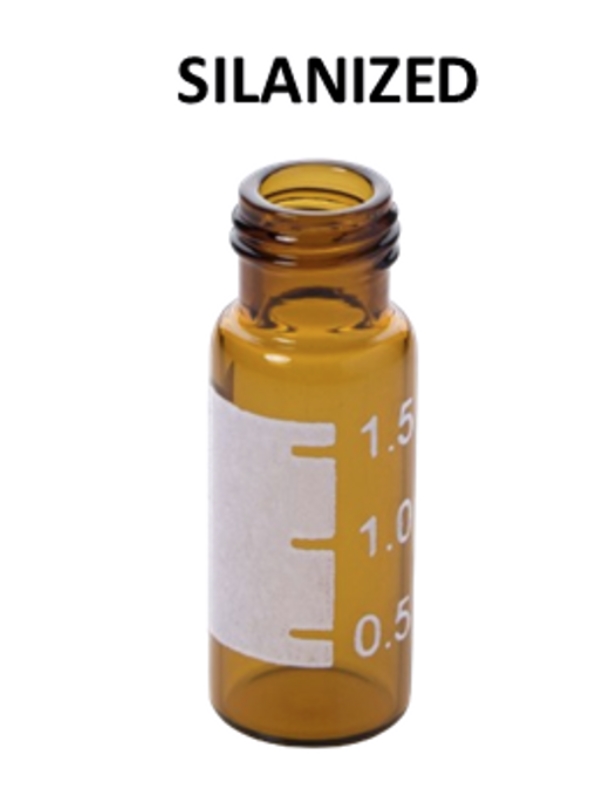Silanized vs. Unsilanized 2mL Autosampler Vials: The Difference
Posted by Maxi Scientific on Jul 28th 2024
Autosampler vials are essential components in many analytical chemistry workflows, particularly when using instruments like gas chromatographs (GC) or high-performance liquid chromatographs (HPLC). Among these, silanized 2ml autosampler vials have gained popularity for specific applications. Let's explore what they are, their uses, and how they differ from their unsilanized counterparts.
What are silanized autosampler vials?
Silanized autosampler vials are glass vials that have undergone a chemical treatment process called silanization. This process involves coating the interior surface of the vial with a thin layer of organosilane compounds. The result is a hydrophobic (water-repelling) and inert surface that significantly alters the properties of the glass.
Specific uses of silanized 2ml autosampler vials:
- Trace analysis: Ideal for detecting and quantifying very low concentrations of analytes.
- Polar compound analysis: Particularly useful when working with polar molecules that might otherwise adhere to untreated glass surfaces.
- Pesticide residue testing: Commonly used in environmental and food safety applications.
- Pharmaceutical analysis: Helpful in drug discovery and quality control processes.
- Forensic toxicology: Beneficial for analyzing biological samples in forensic investigations.
How silanized vials differ from unsilanized vials:
- Surface chemistry: Silanized vials have a hydrophobic surface, while unsilanized vials have a hydrophilic (water-attracting) surface.
- Adsorption properties: Silanized vials significantly reduce the adsorption of polar compounds and certain metals to the glass surface, which can be a problem with unsilanized vials.
- Sample recovery: Due to reduced adsorption, silanized vials often allow for better sample recovery, especially for trace analysis.
- pH stability: Silanized vials typically offer better resistance to pH changes in the sample.
- Cost: Silanized vials are generally more expensive than unsilanized vials due to the additional treatment process.
- Compatibility: Some analyses may actually benefit from unsilanized vials, so the choice depends on the specific application.
In conclusion, silanized 2ml autosampler vials offer distinct advantages for certain analytical applications, particularly those involving trace analysis or polar compounds.

